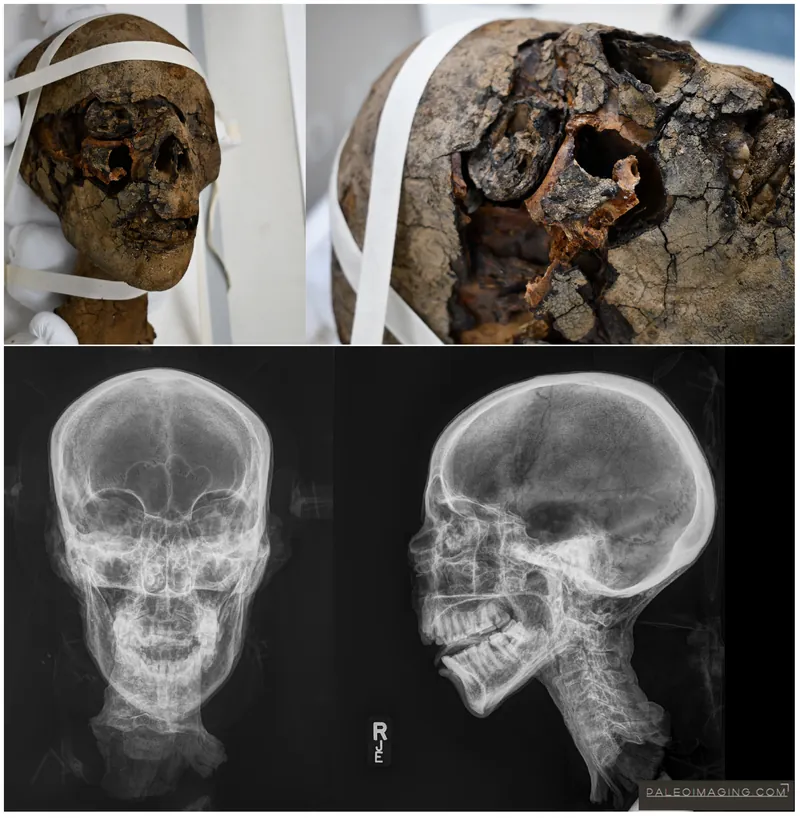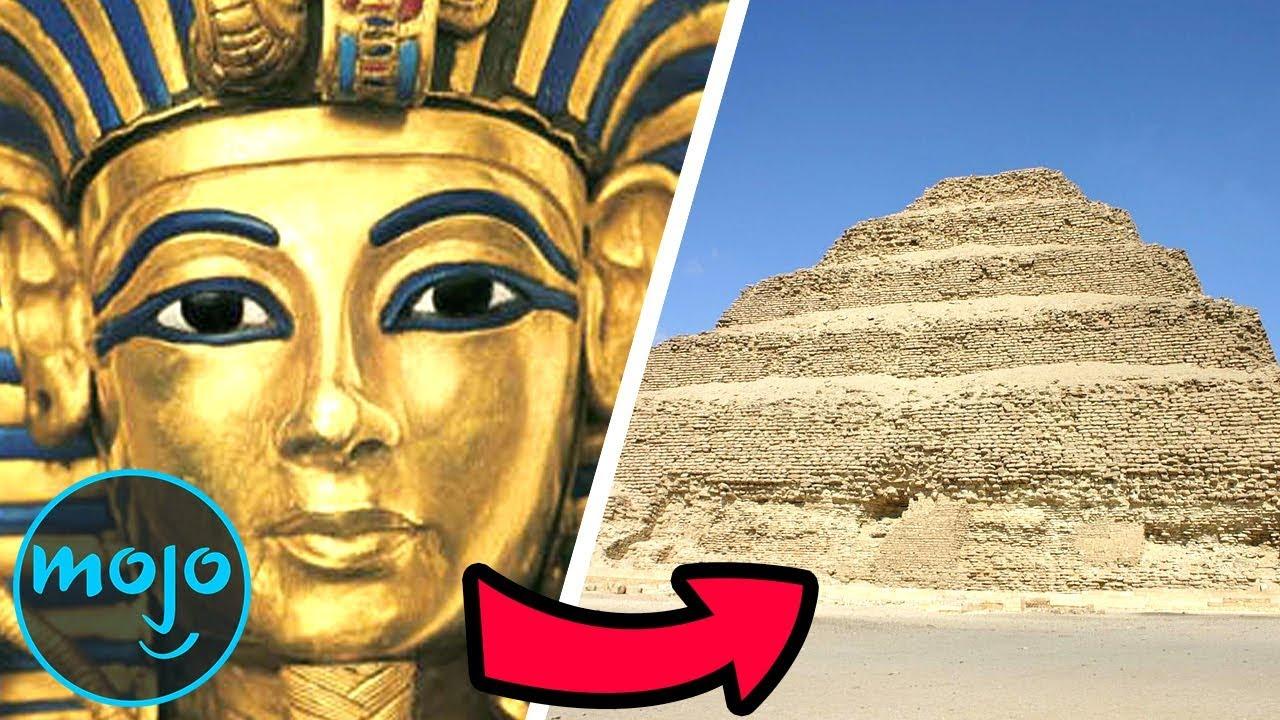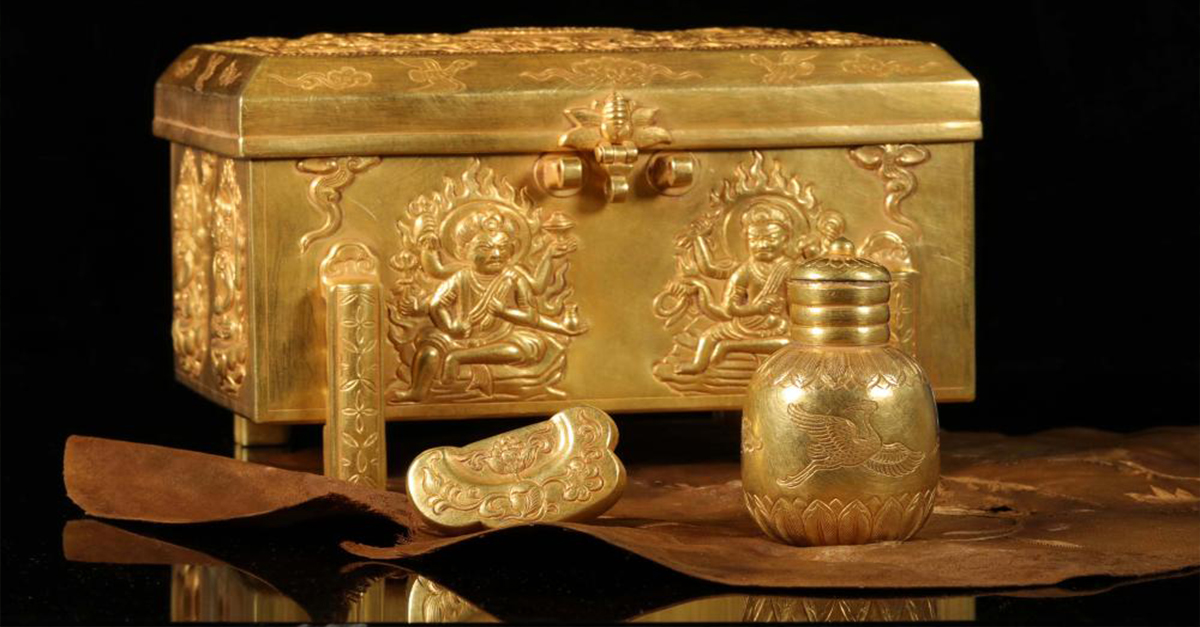Unveiling the Macabre: Discovery of an Ancient Egyptian Mummy’s Decapitated Head in a Kent Attic
In a scene straight out of a horror movie, the process of deep cleaning an attic in Kent, England, took a chilling turn when the brother of the deceased homeowner stumbled upon a decapitated head of an ancient Egyptian mummy. This eerie discovery raises questions about its origins, with the prevailing belief that the head was brought back from Egypt as a souvenir, a common practice during the Victorian era.
Passed down through generations, the head’s mysterious journey took an unexpected turn when it surfaced during the attic cleaning. Little is known about how it came into the possession of the late homeowner, adding an extra layer of intrigue to this macabre find. The head has found a new home in the collection of Canterbury Museums and Galleries, prompting scientists to embark on an examination to unveil and reconstruct the hidden history of the individual. Join us as we delve into the captivating and mysterious tale behind this unexpected attic artifact.

Initially, Canterbury Christ Church University took x-rays indicating this individual was an adult female. There were also remains of unknown material in the left nostril and spinal canal, although the origin was unknown.
To find out more, a team led by Jaмes Elliot, senior radiographer at Maidstone and Tunbridge Wells NHS Trust and professor of diagnostic radiography at CanterƄury Christ Church University, carried out a computed tomography (CT) scan at Maidstone Hospital. It was noted that although this was carried out in the Department of Nuclear Medicine, the mummified head was scanned outside normal operating hours, so it did not affect the provision of the service.

“The scan provides a wealth of information, from dental status, pathologies, method of preservation, as well as helps with age and age estimates,” Elliot said in a statement.
“We plan to use the scan data to create a three-dimensional replica of the head and a possible facial reconstruction to allow for more intensive study without exposing the actual artifact. “Similar reconstructions were made with Ta Kush, the Maidstone Museum mummy.”
These scans revealed that the brain had been removed and the teeth worn down by a harsh diet. The language really shows remarkable preservation.
The advancement of technology can help better understand ancient Egyptian traditions and 3D constructions have been made.
“From the year 3500 BC. C., mummification was considered a way to safeguard the spirit on its journey to the afterlife. Ironically, the ancient Egyptians believed that a person’s mind was contained in their heart and had little regard for the brain. Regardless of this, the brain was removed to aid in the preservation of the individual,” Elliot stated.
“Although traditional accounts claim that the brain was removed exclusively through the nose, research using CT scans has shown great variability. Until relatively recently, historical accounts have been accepted as gospel, but the scanning of Egyptian mummies has challenged these ideas.” 
The head is currently preserved by a professional archaeological conservator, Dana GoodƄurn-Brown ACR, who coordinates research efforts at CanterƄury Christ Church University, the University of Kent and the University of Oxford. The plan is to display the finds to the public at the Beaney Museum in Canterbury.
“This project is part of a broader goal to preserve the head and allow it to be displayed in quality packaging for public viewing.” Said Craig Bowen, Learning and Collections Manager at CanterƄury Museums and Galleries. “The consultation process also allows volunteers to experience and participate in important debates about the preservation, recording and study of human remains.”
“Consistent with advancing science, technology, engineering, and mathematics (STEM), the Beaney Museum will use the application of modern technology with history to enhance learning, broaden appeal, and increase visitation and outreach.” school,” Goodurn-Brown said.





